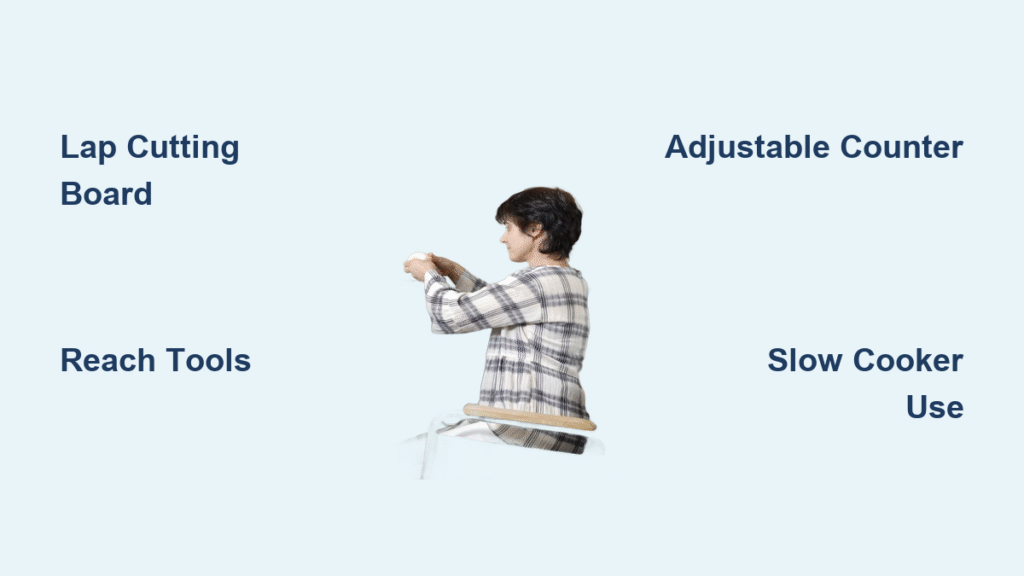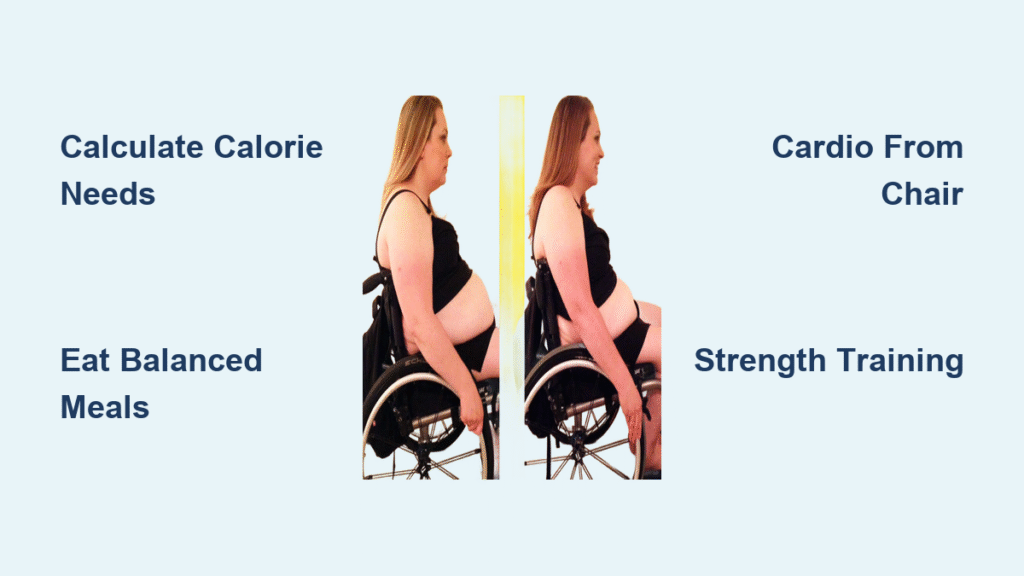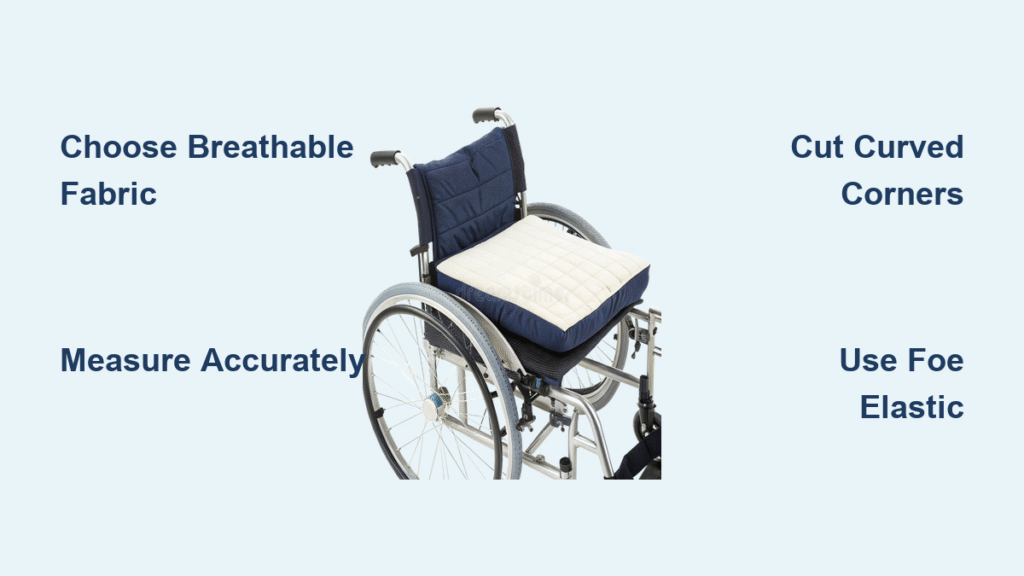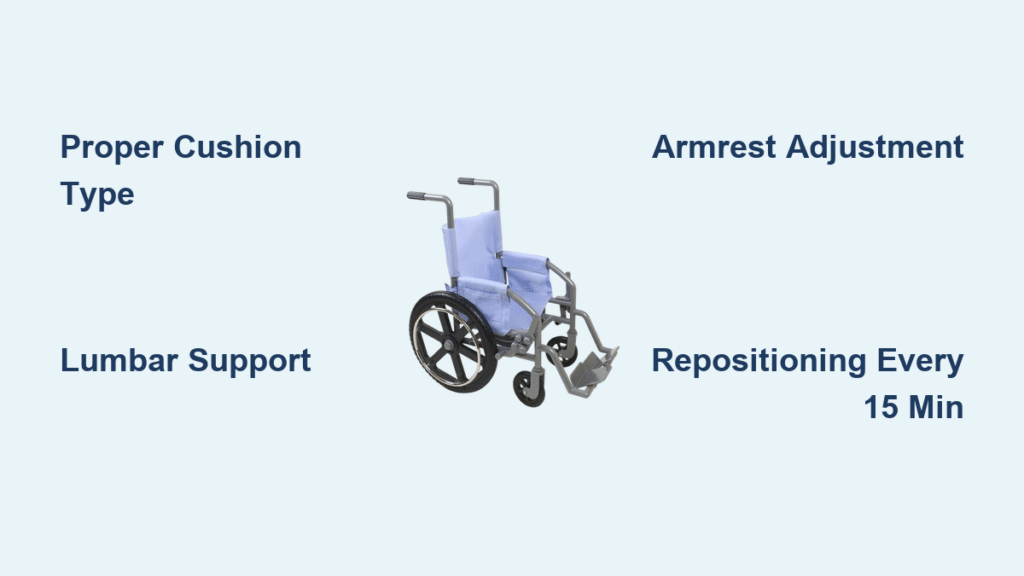Cooking from a wheelchair presents unique challenges, but with smart adaptations, you can create delicious meals safely and efficiently. Millions of wheelchair users prepare meals daily by implementing thoughtful modifications that accommodate their mobility needs while maintaining kitchen independence. This guide reveals proven techniques for transforming your cooking experience without expensive renovations or complicated setups. You’ll discover how simple tools and strategic planning can turn meal preparation from a frustrating chore into an enjoyable, accessible activity that nourishes both body and spirit.
Essential Safety Measures for Wheelchair Cooking
Protect Your Clothing and Skin During Cooking Sessions
Start every cooking session by draping a thick cotton dish towel over your lap before approaching the stove. This simple barrier prevents hot oil splatters and food spills from damaging clothing or causing burns on exposed skin. Choose towels with textured surfaces that won’t slip easily from your lap during movement. Keep multiple towels nearby so you can quickly replace a soiled one without interrupting your cooking flow. For extended cooking sessions, consider investing in flame-resistant aprons designed specifically for seated cooking that provide full coverage from chest to knees.
Create Stable, Non-Slip Work Surfaces on Your Lap
Transform your lap into a secure food preparation zone by placing a wooden cutting board on top of silicone mats. The silicone grips prevent dangerous sliding while the wood provides a durable surface for chopping and mixing. This combination creates a portable workstation that moves with you between prep areas and cooking stations. When transferring hot dishes, use the same wooden board to carry items safely—its flat surface prevents tipping that could occur with standard plates. Pro tip: Keep a small roll of paper towels secured to your wheelchair frame for quick wipe-ups during cooking.
Kitchen Layout Modifications for Maximum Accessibility
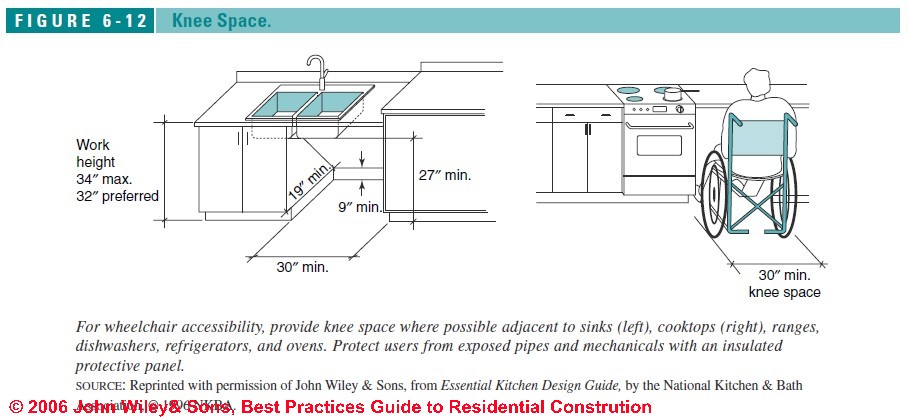
Optimize Sink Accessibility Without Permanent Changes
Rolling completely underneath your sink dramatically improves dishwashing accessibility, but you don’t need to sacrifice storage space. Install over-the-door organizers inside adjacent cabinet doors to reclaim storage capacity lost when removing sink cabinet doors. These vertical solutions keep dish soap, sponges, and cleaning supplies within easy reach while maintaining a clutter-free workspace. If permanent modifications aren’t possible, position a portable folding table with adequate knee clearance next to your sink for pre-rinsing and food preparation tasks.
Adapt Counter Height Challenges with Smart Alternatives
Standard kitchen counters typically sit 36 inches high—far above comfortable wheelchair reach. Instead of struggling with inaccessible surfaces, relocate food prep to a dining table with at least 27 inches of clearance underneath. Test your table’s wheelchair fit by measuring both height and depth before starting cooking tasks. When tables aren’t available, a sturdy lap desk creates an instant workstation anywhere in your kitchen. Look for models with adjustable angles to prevent ingredients from sliding during preparation. For frequent cooking, consider installing a wall-mounted fold-down table that provides additional counter space only when needed.
Position Appliances for Safe Operation from Your Seat
Front-control ovens eliminate dangerous stretching over hot burners by placing all controls within comfortable reach. Before purchasing any appliance, test its accessibility by sitting in your wheelchair and verifying you can open doors, press buttons, and safely reach interior spaces. Side-swinging oven doors typically prove more wheelchair-friendly than traditional pull-down models that can block your access. When positioning appliances, maintain at least 30 inches of clear floor space in front for easy wheelchair maneuvering and emergency access.
Adaptive Tools That Transform Your Cooking Experience

Essential Daily Cooking Aids for Limited Mobility
Stock your kitchen with tools designed specifically for cooking from a wheelchair. Reachers extend your range to access high shelves without straining, while adaptive utensils with ergonomic grips reduce hand fatigue during extended prep sessions. Cutting boards with built-in stabilizing spikes hold food securely during chopping, and grabber tools let you retrieve items from deep cabinets without leaving your wheelchair. Jar openers with extended handles and electric graters eliminate painful twisting motions that can aggravate existing conditions.
Select Countertop Appliances That Work With Your Mobility
Small appliances provide safer cooking alternatives with reduced burn risks compared to traditional stovetop cooking. Air fryers, convection ovens, and slow cookers bring cooking surfaces to accessible counter heights without requiring dangerous reaching. Before purchasing any appliance, test display models at the store to ensure lids open easily in your seated position and controls fall within comfortable reach. Avoid heavy appliances that require lifting—look for models with handles positioned for seated access. Too-bulky equipment will quickly become kitchen clutter regardless of its cooking capabilities.
Smart Cooking Techniques for Wheelchair Users
Implement Mise en Place for Stress-Free Meal Preparation
The French “mise en place” technique—having everything in its place before cooking—becomes essential when cooking from a wheelchair. Measure all ingredients before heating anything, pre-cut vegetables on your accessible workspace, and organize seasonings within arm’s reach. This preparation prevents mid-recipe panic when you realize a crucial ingredient remains out of reach. Store prepped ingredients in small bowls on your lap desk or table to maintain organization during cooking. This method reduces physical strain by allowing you to work in stages with necessary breaks.
Master Hands-Free Cooking Methods for Safety
Embrace cooking techniques that minimize constant attention near heat sources. Slow cookers and pressure cookers handle extended cooking without supervision, while microwaves heat food quickly at accessible heights. Set multiple timers for complex recipes—one for each cooking stage—and choose appliances with automatic shutoff features for peace of mind. Never leave knives in the sink where limited visibility creates danger; instead, place dirty knives in a designated container beside the sink for safe cleanup later. Long-handled utensils maintain safe distance from heat sources while providing better control.
Strategic Recipe Adaptation for Independent Cooking
Choose Smart Ingredients That Minimize Prep Work
Pre-cut vegetables and pre-packaged ingredients eliminate extensive chopping and peeling that can strain limited mobility. While slightly more expensive, pre-cut produce offers better value than discarding unused portions of whole vegetables. Frozen vegetables provide excellent nutrition at accessible prices, often harvested at peak ripeness. Canned goods deliver shelf-stable staples requiring minimal prep beyond opening. When shopping, prioritize ingredients that maximize nutritional value with minimal preparation—like bagged salad kits that only require dressing addition.
Simplify Recipes While Maximizing Flavor Impact
Focus on recipes requiring minimal steps but delivering maximum flavor. Adapt traditional recipes by reducing portion sizes to serve 1-4 people rather than larger batches. Extend cooking times using slow cookers or toaster ovens when monitoring becomes difficult. Build complex flavors with spice blends, quality sauces, and marinades rather than intricate cooking techniques. Single-serving recipes like the peanut butter cookie (just peanut butter, sugar, and egg mixed and baked for 8-10 minutes) satisfy cravings without leftovers. Toaster oven frittatas require minimal prep and bake while you rest, delivering protein-packed meals with little effort.
Budget-Friendly Kitchen Organization Systems
Implement Accessible Storage Solutions Without Renovations
Use clear containers for instant ingredient identification without opening multiple packages. Label everything with large, readable text using waterproof markers. Position frequently used items between knee and shoulder height when seated—typically the most accessible zone. Over-door organizers and lazy Susans maximize cabinet accessibility without permanent changes. Install adhesive hooks on cabinet doors or walls to keep frequently used tools within easy reach. Group related items together (all baking supplies in one container, salad ingredients in another) to minimize searching during meal preparation.
Plan Flexible Menus That Accommodate Your Energy Levels
Create weekly menus using overlapping ingredients to minimize shopping trips and prep time. Batch cook proteins on high-energy days, then repurpose throughout the week—leftover chicken becomes tomorrow’s quesadillas using your toaster oven. Online grocery delivery eliminates navigation challenges while maintaining ingredient control. Consider meal kit services offering pre-portioned ingredients with reduced preparation requirements, though verify they accommodate your specific mobility needs. Strategic planning ensures you always have accessible meal options regardless of daily energy fluctuations.
Cooking from a wheelchair opens new creative possibilities rather than limiting your culinary potential. Start with one or two high-impact adaptations this week—perhaps a lap cutting board setup or a reaching tool—and gradually expand your toolkit as you discover what works best for your specific mobility needs. The goal isn’t perfect technique but sustainable, enjoyable cooking that nourishes both body and spirit. Connect with occupational therapists for personalized kitchen assessments and explore online communities where wheelchair cooks share innovative solutions. Remember that every adaptation you implement represents a victory for your independence—celebrate each small success as you build confidence in your kitchen. With the right strategies, cooking from your wheelchair can become a source of joy, creativity, and self-sufficiency rather than frustration.

